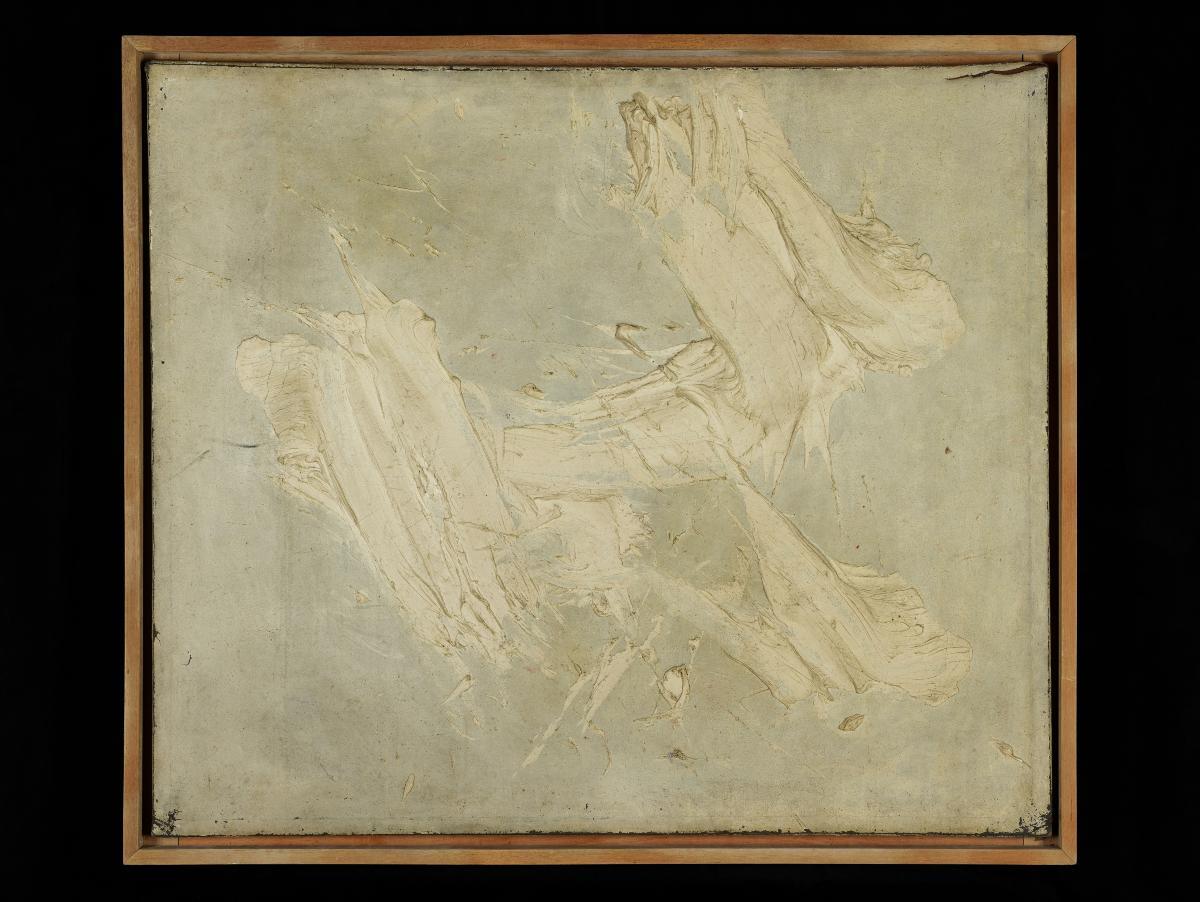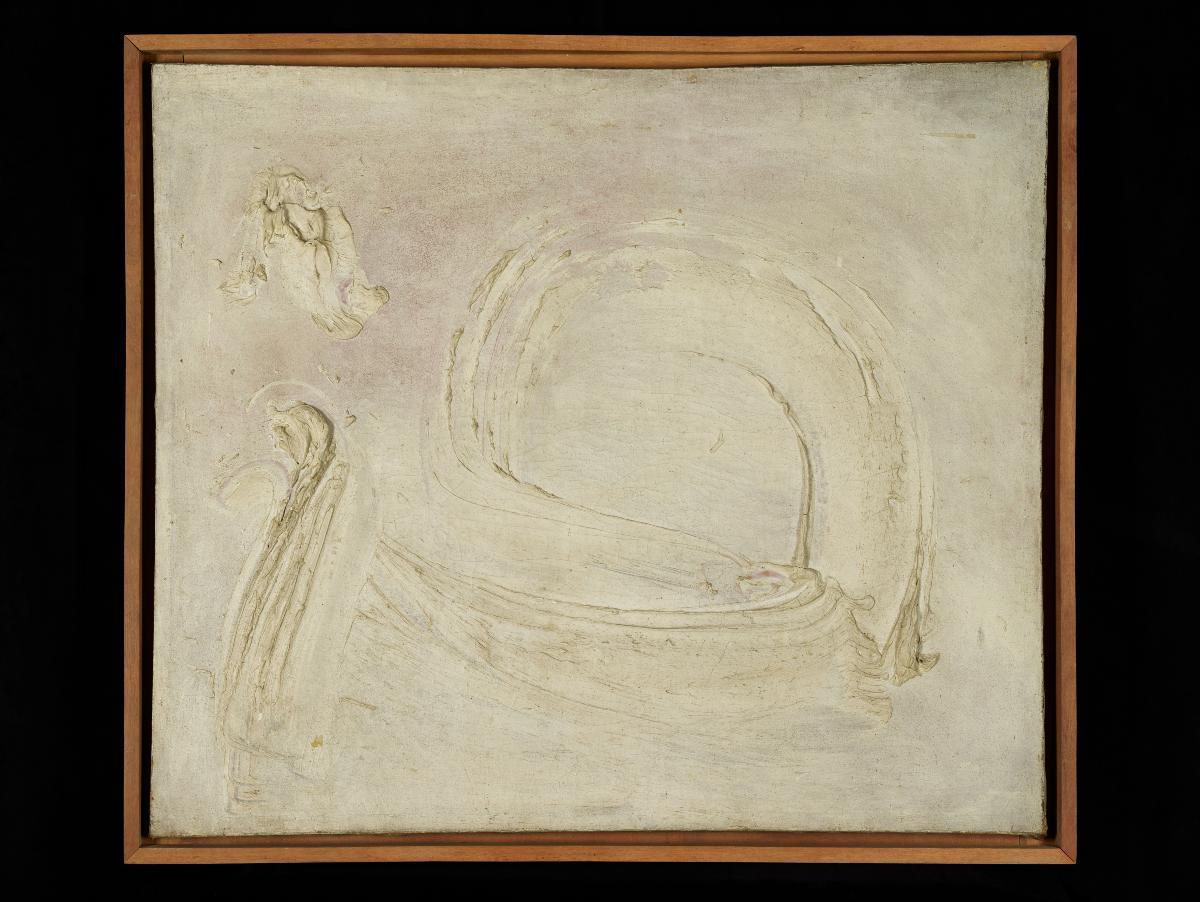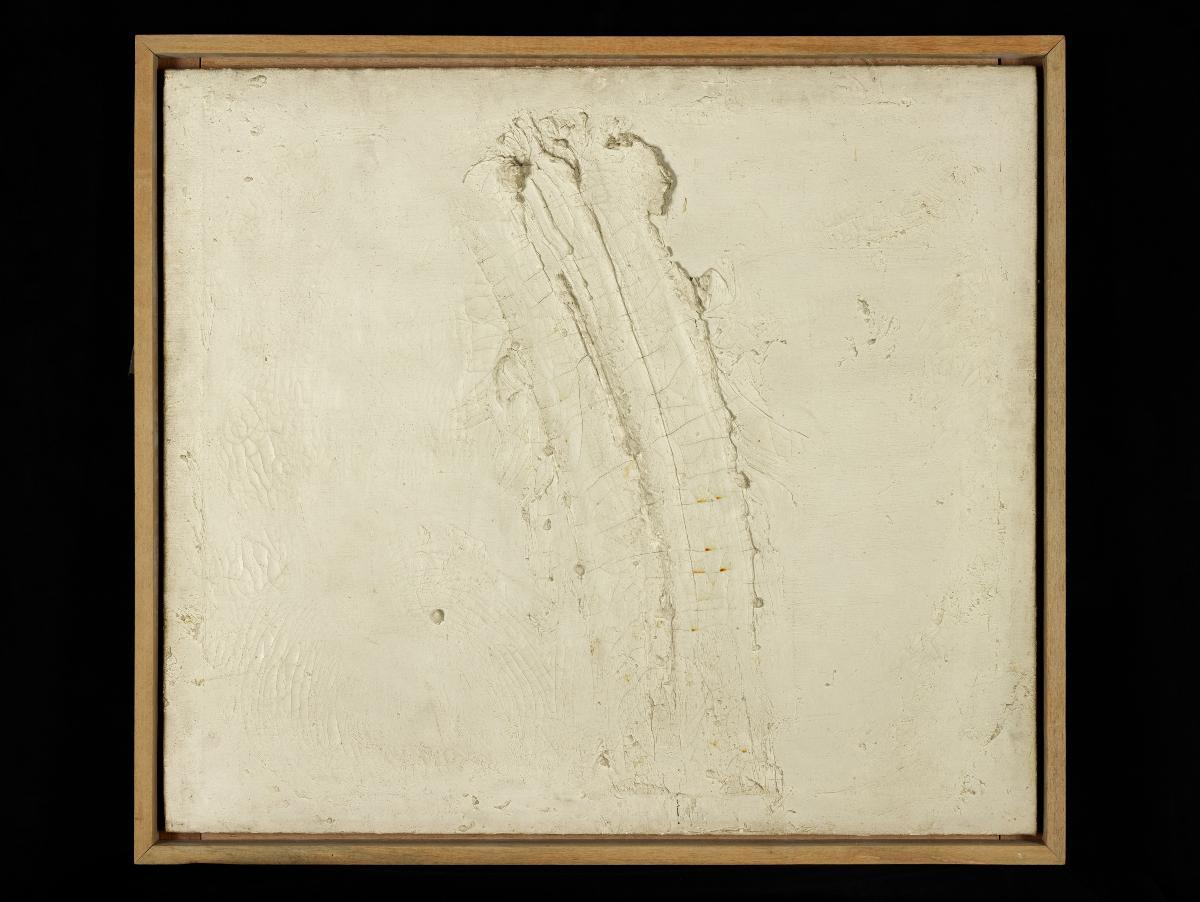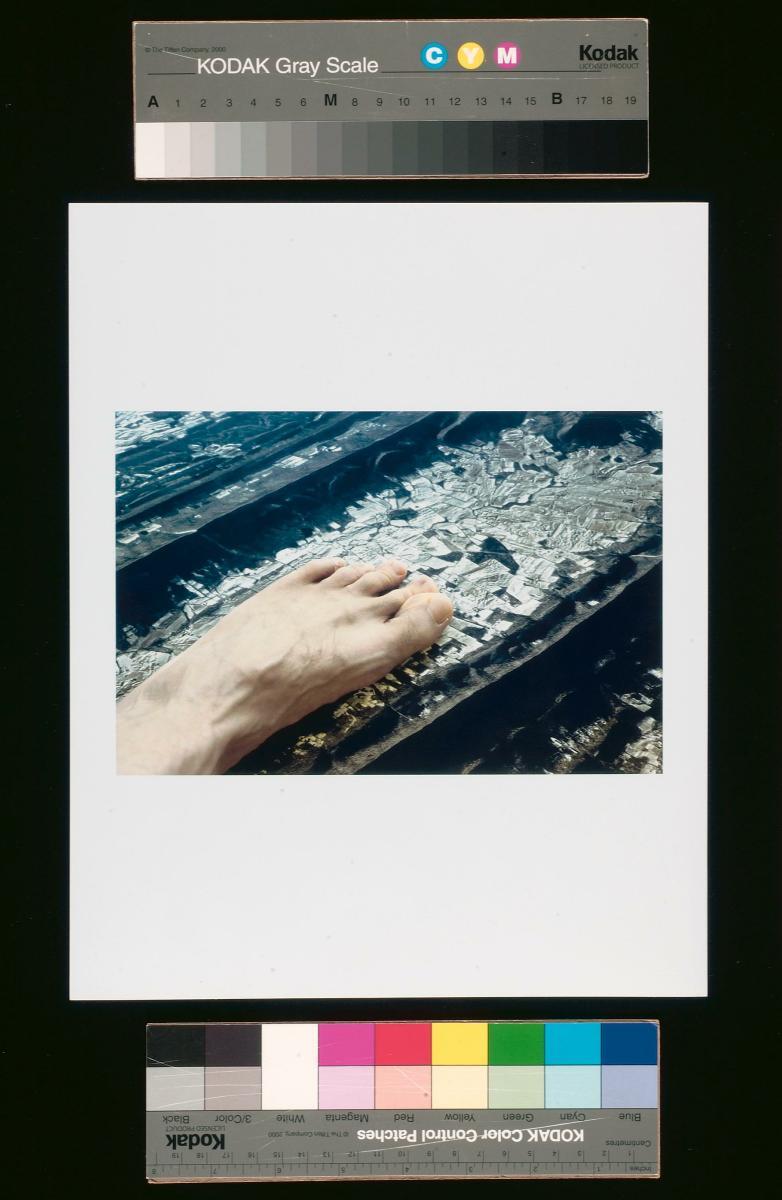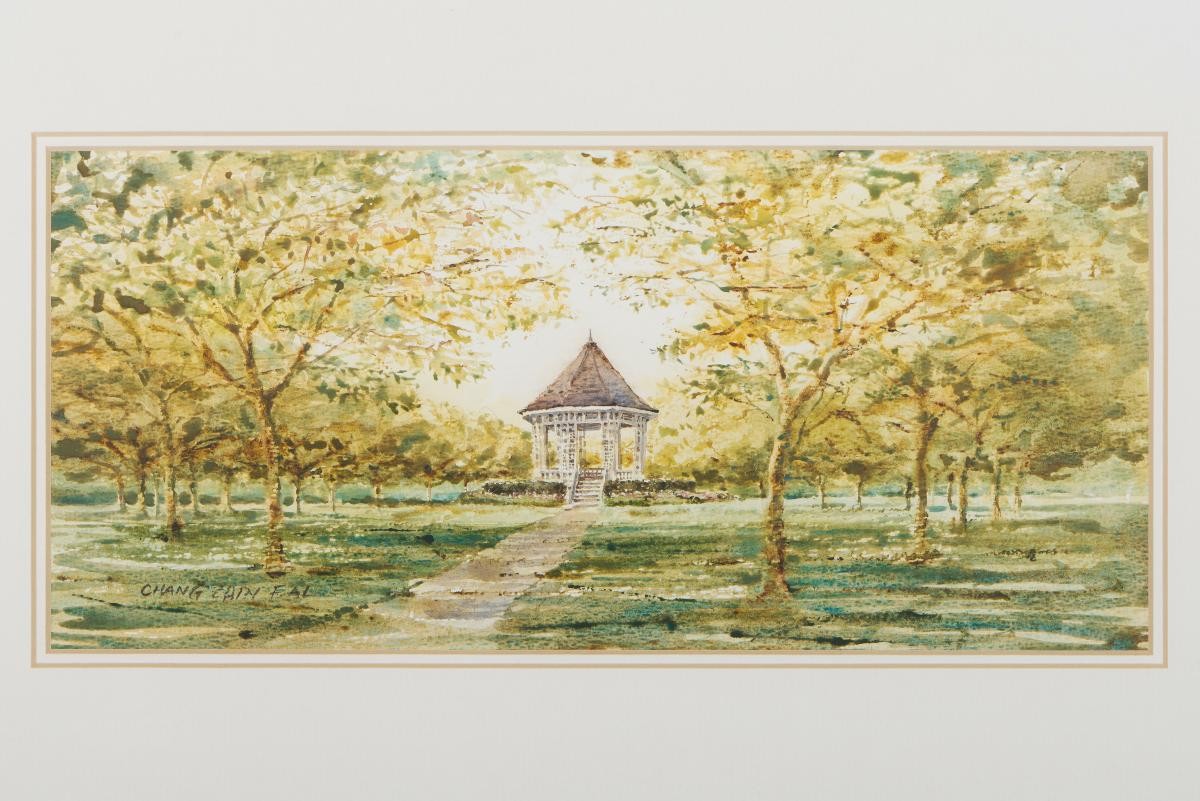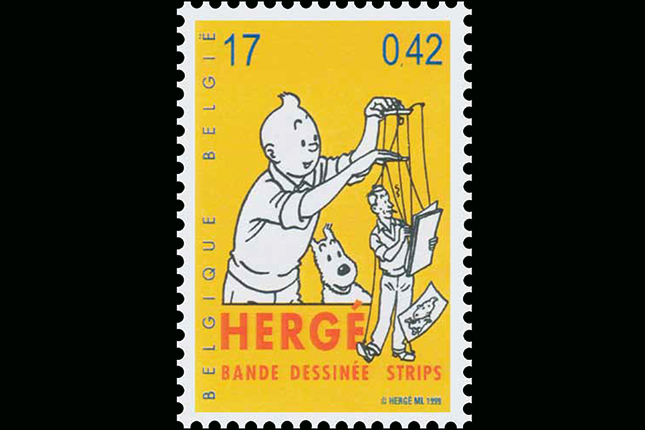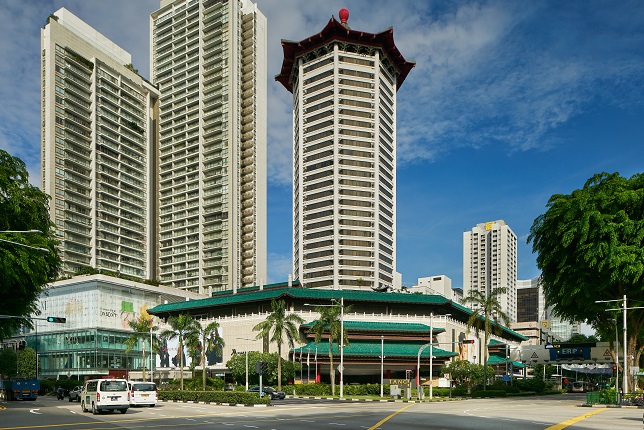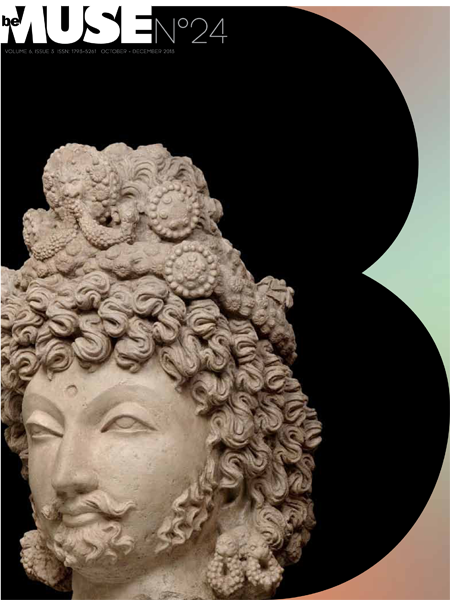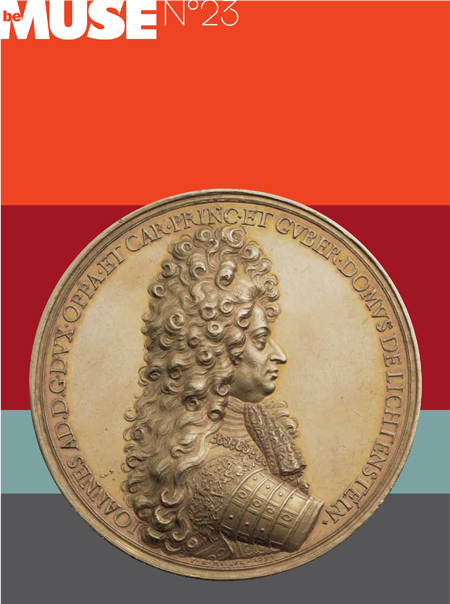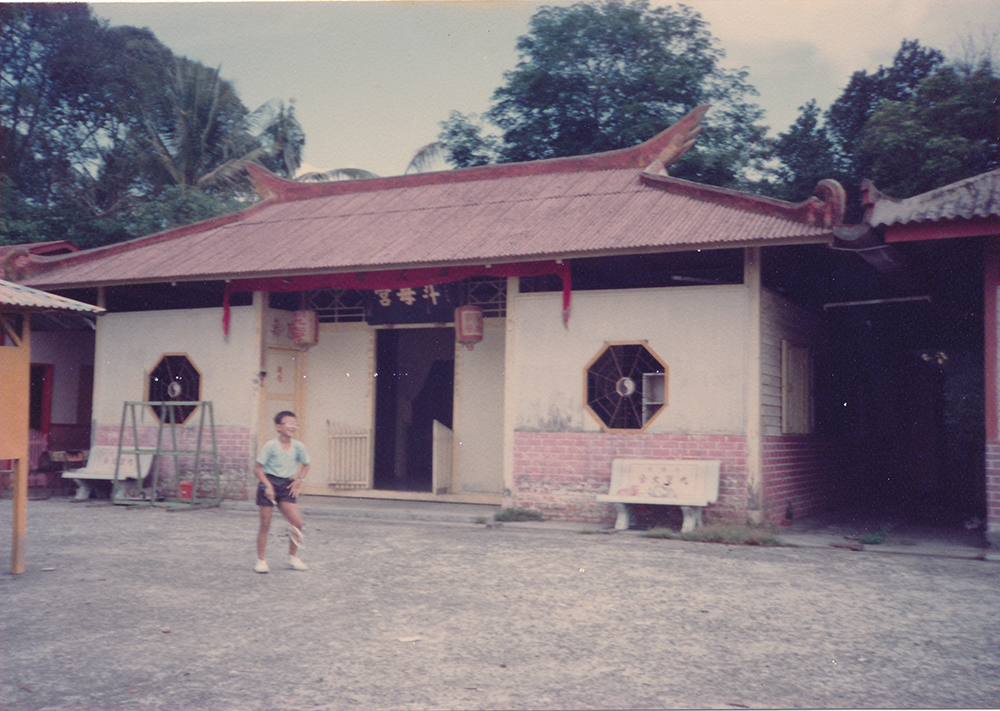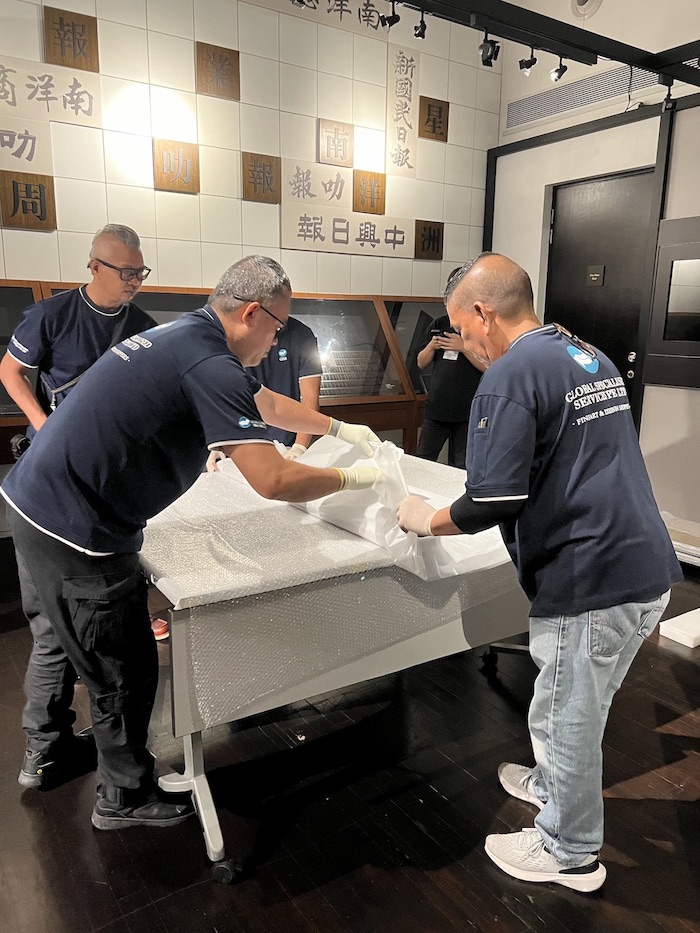Image size: 99.0 x 114.5 cm
Chang Sae-tang (also known as Tang Chang) was born in 1934, to a poor Chinese family in Thonburi, Bangkok, and only received an informal education when he was young. He later developed an interest in artistic expression and began drawing naturalistic portraits which he subsequently sold at a local market.In the late 1950s, Chang began producing the first of his gestural abstraction paintings for which he is best known. Within two years, he would stop using paint brushes in favour of using his hands, arms and feet to make abstract “action” paintings. In the 1960s, he pioneered the style of White-on-White, and Black-on-Black, which was a radical thing to do in the Thai art scene then, an art scene which was replete with more naturalistic or realist styles of painting.According to the artist, these paintings were the result of a series of experimentations undertaken with the aim of developing a style that reflected Buddhist and Daoist principles, while also offering an alternative to the cubistic and impressionistic works that were prevalent in Thai art circles of the period. These works were exhibited for the first time in 1966 at the Pathumwan Art Gallery as part of the Contemporary Artists Invitational Show but were not received favourably by Thai audiences.Throughout his career, and until his death in 1990, Chang positioned himself outside the mainstream art circles dominated by Silpakorn University and its National Exhibition of Art. Instead, he preferred to hold exhibitions of his and his student’s works at his own home. Similarly, Chang generally refused to sell his works (frequently giving them away to charity), preferring instead to gain income through other means.




